ANDRITZ Hydro and MAN Energy Solutions agree on hydrogen cooperation
Hydrogen and Hydro: Fuelling our future
Interview with Dr. Alexander Trattner Chief Executive Officer and Scientific Research Director
Dr Alexander Trattner is Chief Executive Officer and Scientific Research Director at the HyCentA research institute and leads their 45-strong hydrogen technology research team. He spoke with Hydro News, setting out the role of green hydrogen as the key to our energy future.
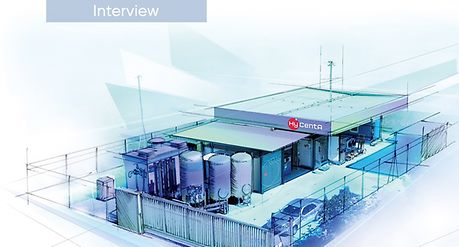
Building the green economy with HyCentA’s clean energy collaboration
Please provide a brief overview of HyCentA and its activities.
HyCentA is an independent research organization located at the Graz Technical University in Austria and conceived as a pure research facility for hydrogen technologies. We offer testing services for system components such as fuel cells, storage systems and electrolyzers, but we are also involved in pilot projects.
We are closing the gap between the basic research-orientated tasks at universities and the development tasks of industry. As a research center we understand both areas and there is an application vision all the way through. We can help companies apply their knowledge and expertise to new areas around the hydrogen economy.
Another key objective is to build a pool of talent and stream of highly-skilled scientists who can help solve some of the energy challenges we are facing.
How important is hydrogen for our clean energy strategy and long-term sustainability goals?
The primary goal is to reduce greenhouse gases and there are just a few strategies available. The first is to extend renewable energy production, but renewables are only available for several thousand hours a year and we need power 8,760 hours a year. As a bulk energy carrier, hydrogen can close this spatial and temporal gap, balancing natural variation in renewable energy supply, as well as storing it seasonally. With hydrogen as an energy carrier, renewable energy is available whenever you need it. It also requires a relatively low level of infrastructure and is therefore potentially lower cost than transporting electricity. Around two thirds of all the primary energy used by Europe comes underground via pipelines. In the future our energy will still come via pipelines, but it will be mostly green energy as hydrogen. This green energy will then be converted into heat and motion or electricity by zero-emission technologies like fuel cells.
How will hydrogen support challenging sectors for green energy, like chemicals, cement and steel?
Around 2% of worldwide energy consumption is already hydrogen. It is not a niche, but an established energy carrier, today mostly produced from natural gas. A key task is to transform production of this grey hydrogen to green. But the potential is much, much, bigger because we have to decarbonize a lot more processes, for example steel production.
For most high-temperature processes like cement or glass, electrification is not an option because you need a gaseous space for the processes itself and sometimes also a chemical reagent, like in iron smelting. Today, these processes run mostly on natural gas and we have to transform them to clean gas - that is hydrogen. There are also completely new sectors emerging in the mobility sector, for example in heavy road traffic and shipping.
In the energy sector itself we need to integrate more renewables and the electrolyzer, especially power-to-gas systems, are key to this. Hydrogen is key to greening all these high intensity energetic processes.
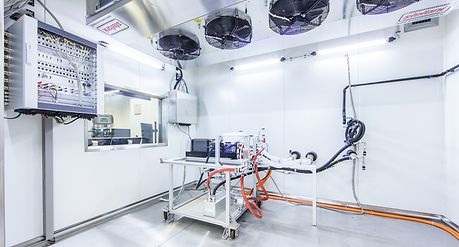
State-of-the-art fuel system test bench at HyCentA, an extra-university research society at the Graz University of Technology.
How and when can green hydrogen from renewables become competitive?
First, we have to bring it to added-value processes, for example in some areas of the semiconductor industry which require very high-quality hydrogen. Also, in mobility the gap between cost and price is a little bit bigger than in industry. I think some low-hanging fruits like these will be met with green hydrogen first, in parallel with decreasing the costs of green hydrogen. That is key for the future. At some point green hydrogen will become a cheaper alternative to grey hydrogen and even perhaps natural gas, as in the meantime fossil fuels get more expensive.
In the end, clean hydrogen won’t be like expensive champagne, it will be like the cheapest plain tap water.
“We have to extend renewables capacity, and hydrogen as a facilitator for renewables is a really important part of the clean energy transition.”
Are there any potential health, safety, or environmental risks associated with hydrogen?
There are several hydrogen vehicles on the market already and all of them have certification for operation and the same safety level as other vehicles. There are really strict standards and tests. Hydrogen has been used in industry for decades and we know how to safely handle it as an energy carrier. Really, hydrogen is just as safe as all other energy carriers.
Regarding environmental risks, hydrogen has a lot of benefits because it has no toxic effects, it is colourless, odourless, and it’s not corrosive so it actually has a lot of positives.
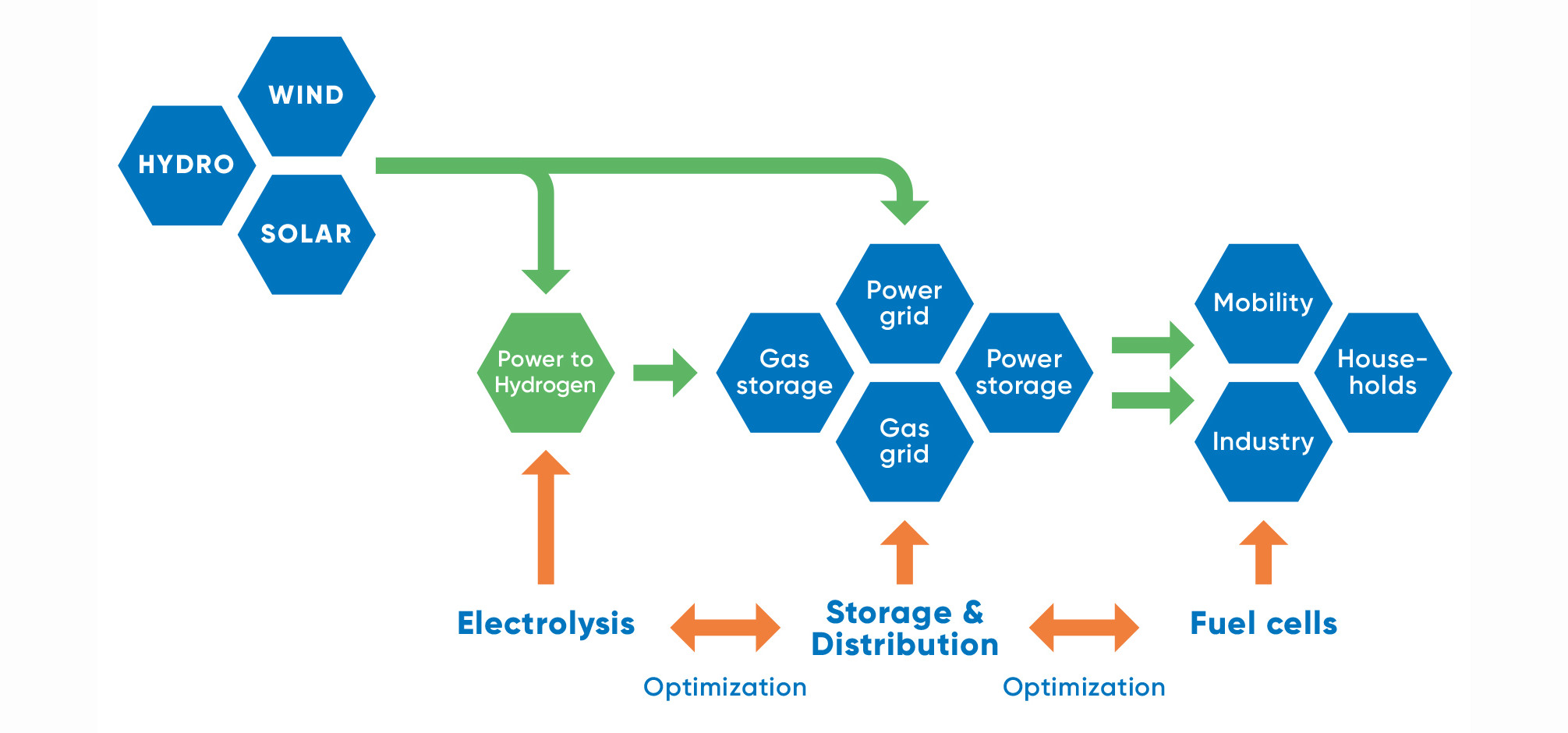
R&D focus on energy- and cost-efficient technologies for green and emission-free hydrogen for the entire value chain.
What are the key research areas for HyCentA?
HyCentA is focused on making hydrogen production and use much cheaper for the green economy of the future.
We have four research areas within the center. The first is electrochemical technologies, regarding electrolyzers, cells and systems which are available, but we are also working on novel cells like photoelectrolyzers and doing research on electrochemical compression, for example. The second theme is research on infrastructure technologies and the challenge of storing hydrogen with novel storage technologies like hydrides. The third team is working on mobility systems with fuel cells. The fourth is responsible for measurement and testing. It is really a big range of areas over the entire value chain, and this is really key, so we understand the whole hydrogen economy.
“Coupled with power-to-gas facilities like electrolyzers, hydropower can provide cheap and secure electricity and bring down hydrogen costs.”
How can joint R&D projects with commercial entities support our long-term clean energy goals?
Our focus for any research cooperation is to progress with the technology and the prospect of benefit for the technology, the market and society. Around two-thirds of our activities are in public-funded research cooperation with tendered goals and deliverables, so we set up consortia together with the industry and the academia. Around one third of our activities is bilateral cooperation with enterprises from various industries with our R&D knowledge bringing their products on and improving them. There are a lot of different possibilities to cooperate.
What we expect from a partner is the ability to support the goal of lower cost, more efficient production and use of hydrogen.
Why are you considering companies like ANDRITZ as potential partners in HyCentA?
ANDRITZ’ experience and expertise address the full hydrogen spectrum from energy to the industrial sector, infrastructure, facilities and power plants. All these technologies and the energy carriers behind them are changing and therefore we see a big opportunity to cooperate.
We also have to roll out hydrogen on the international market and ANDRITZ has the understanding and the network to do that. For market development of hydrogen, we need big, strong players. It’s a big challenge, but hydrogen can increase its market share from 2% to 20% or 30% with a growth potential for green hydrogen even far beyond.
This requires more than fundamental R&D. There is a commercialization goal and that means pilot projects and getting these technologies off the ground so that they can be benchmarked and proven. This is where partnering with companies like ANDRITZ can have real benefits as they are already working with the industries where we can get these technologies up and running, applying these discoveries in real-world applications.
“Clean hydrogen won’t be like expensive champagne, it will be like the cheapest plain tap water.”
Green hydrogen – The universal zeroemission energy carrier
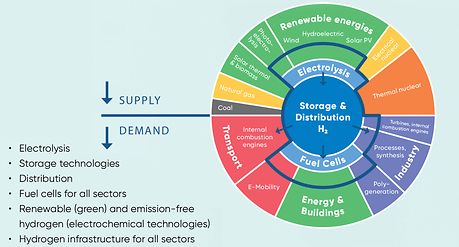
The universal zero-emission energy carrier
How will the role of hydropower develop in relation to green hydrogen?
All renewables need to be extended and hydropower has a big advantage because it has the highest operational hours per year. Coupled with power-to-gas facilities like electrolyzers, it can provide cheap and secure electricity as well as hydrogen while bringing down costs. It is simple economics and therefore hydropower will become even more important in the future than it is today.
What is the key to securing a green hydrogen energy future?
The challenge is to transform hydrogen from champagne to tap water. It should be as low-cost as its fossil fuel-based alternatives. We also have to extend renewables capacity, and hydrogen as a facilitator for renewables is a really important part of the clean energy transition. Hydrogen must also be the universal energy carrier that can be used in all the different roles that we need. I really believe, and we have shown this in many simulations, that we cannot extend renewables without hydrogen to solve the clean energy challenge.
About Dr. Alexander Trattner
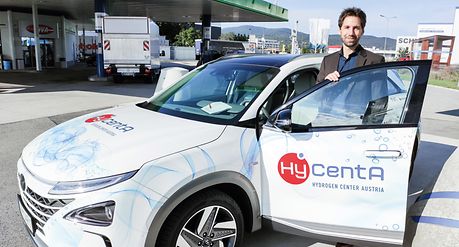
Dr. Alexander Trattner is the CEO and research director of HyCentA Research GmbH at Graz University of Technology, Austria's only hydrogen technology research center since 2005. He heads the team consisting of 45 researchers and is involved in the research and development of technologies for production, distribution, storage and application of hydrogen. Alexander Trattner completed his dissertation in mechanical engineering with distinction in 2015 at the Graz University of Technology, where he has led numerous national and international research projects since 2009, taught thermodynamics for several years and is the author of numerous scientific publications and books.
Author: Interview by David Appleyard, Freelance journalist





